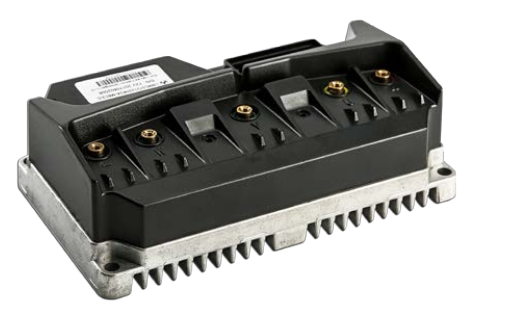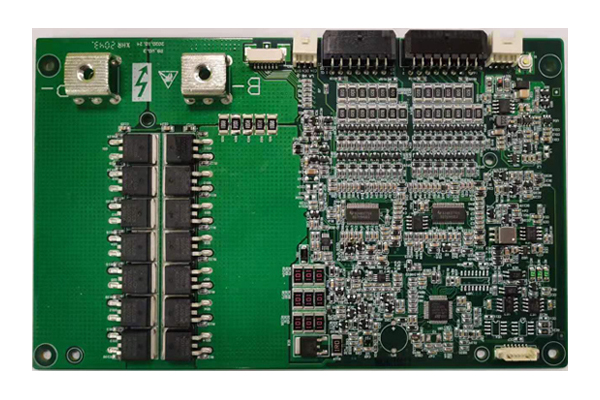-
The origin of the motor sine wave controller
11-21
A sine wave is a signal with the most single frequency component, and it is named because the waveform of this signal is a mathematical sine curve. Any complex signal, such as a music signal, can be seen as a composite of many sine waves of different frequencies and sizes. In the 1970s, Siemens engineer F. Blaschke first proposed the asynchronous motor vector control theory to solve the AC motor torque control problem. The basic principle of vector control is to measure and control the stator current vector of the asynchronous motor, and control the excitation current and torque current of the asynchronous
-
Features of permanent magnet synchronous motor
11-21
Excellent material, accurate design, long life. With gear reduction mechanism, low and constant speed, low power consumption, large torque, low noise, small size, light weight and compact structure. At rated frequency, the motor speed is not affected by voltage and remains stable. If the motor is overloaded or blocked under load, the motor coil will not be burnt.
-
What is BMS battery management system
11-21
BMS is the first letter abbreviation combination of BATTERY MANAGEMENT SYSTEM, which is called battery management system. The BMS battery system is commonly called the battery nanny or battery housekeeper, mainly for the intelligent management and maintenance of each battery unit, preventing the battery from overcharging and overdischarging, extending the battery life, and monitoring the battery status. The BMS battery management system of Lingbo Electronic Technology Co., Ltd. has the following characteristics:1. Support the series connect
-
Overview of Permanent Magnet Synchronous Motor Application
11-21
Permanent magnet synchronous motors (PMSM) are very similar to AC induction motors or brushless DC motors (BLDC). They all have permanent magnetic rotors and wound stators. PMSM motors usually use sine wave control, and BLDC motors usually use trapezoidal signal control, trapezoidal signal is also called six-step commutation. The sinusoidal control of PMSM is highly efficient, and the motor operates smoothly, which minimizes vibration and reduces noise. The use of field-oriented control (FOC) technology for PMSM m
 中文
中文 English
English









